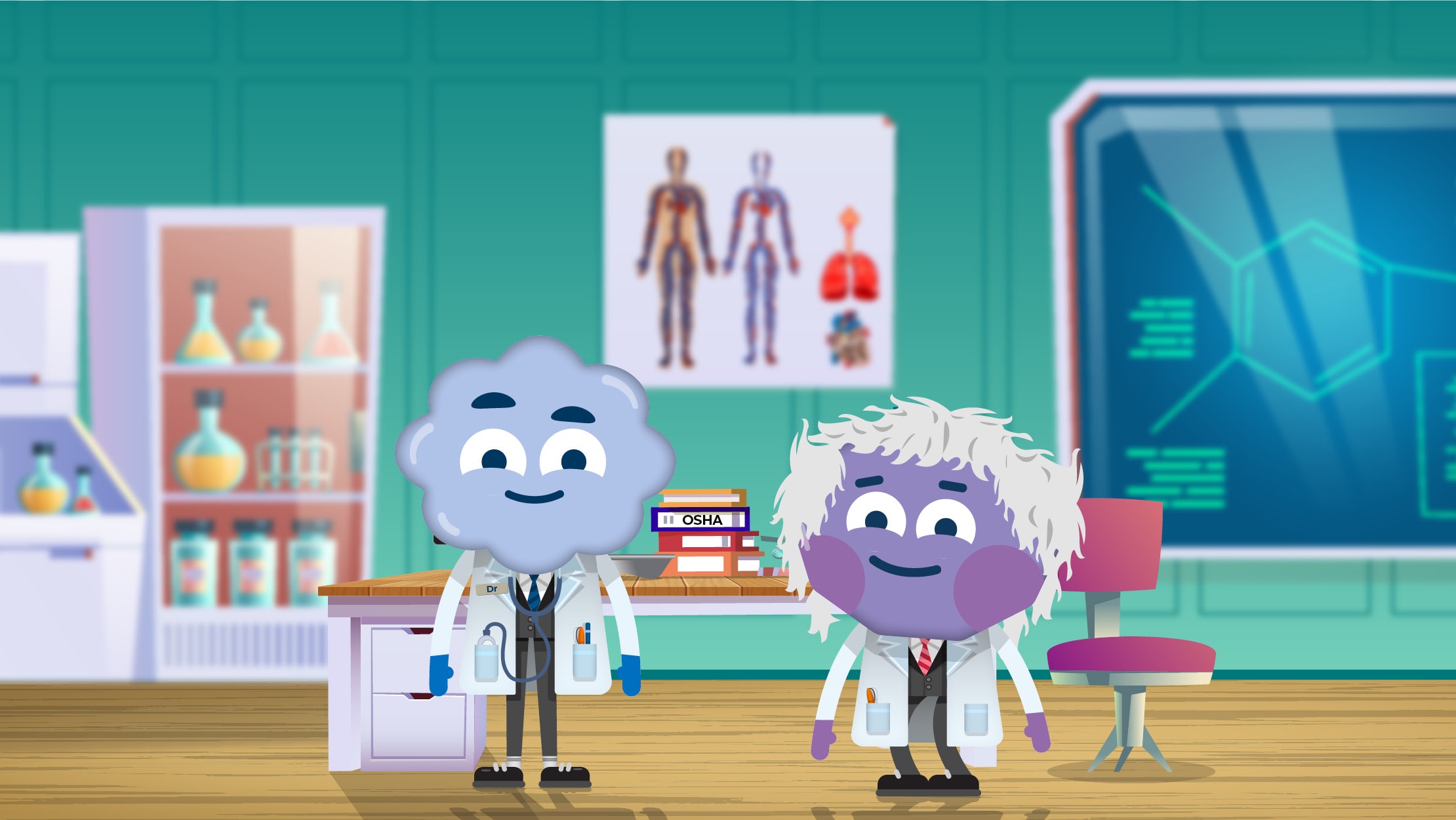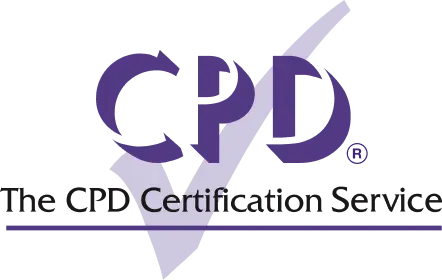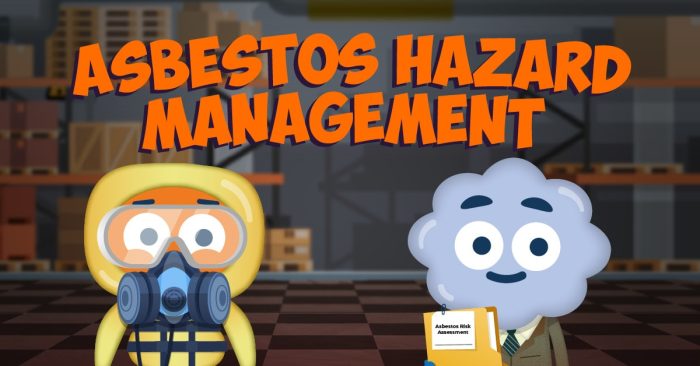Bloodborne Pathogens
Train your teams on the risks of bloodborne pathogens. Show them how to create protocols to create a safer workplace with this course.

Course overview
Blood is pretty amazing. It spends its time on a continuous cycle round our body, regenerating itself when we lose any of it, and feeding our bodies with everything that’s needed to keep us alive. But it does have an Achilles heel. It’s susceptible to being infected by bacteria or other pathogens that can then be transferred to others. So, encountering blood that contains pathogens can be bad news.
It’s estimated that between 600,000 and 800,000 needlestick injuries occur every year in the USA, and many of these have the potential to transmit bloodborne pathogens. So protecting healthcare workers, or anyone who might come into contact with contaminated blood, is vital. And the Occupational Safety and Health Administration (OSHA) has strict regulations that must be complied with.
What’s covered
- The meaning of bloodborne pathogens and how they’re spread
- The risk factors of injuries involving bloodborne pathogens
- How to create an Exposure Control Plan, and Post-Exposure Incident Procedures
Why your teams need this course
It’s the job of leaders, managers, or health and safety managers to make sure there are procedures in place that follow OSHA regulations. This course will explore what bloodborne pathogens are, who’s likely to be at risk, and how your teams can plan before and after incidents, to minimize the potential damage.


Accredited by CPD
TalentLibrary is recognized as reaching the standards and benchmarks required by the Continuing Professional Development (CPD) Certification Service.
The CPD Certification Service is the world’s leading and largest independent accreditation organization for professional development courses across all industry sectors.



